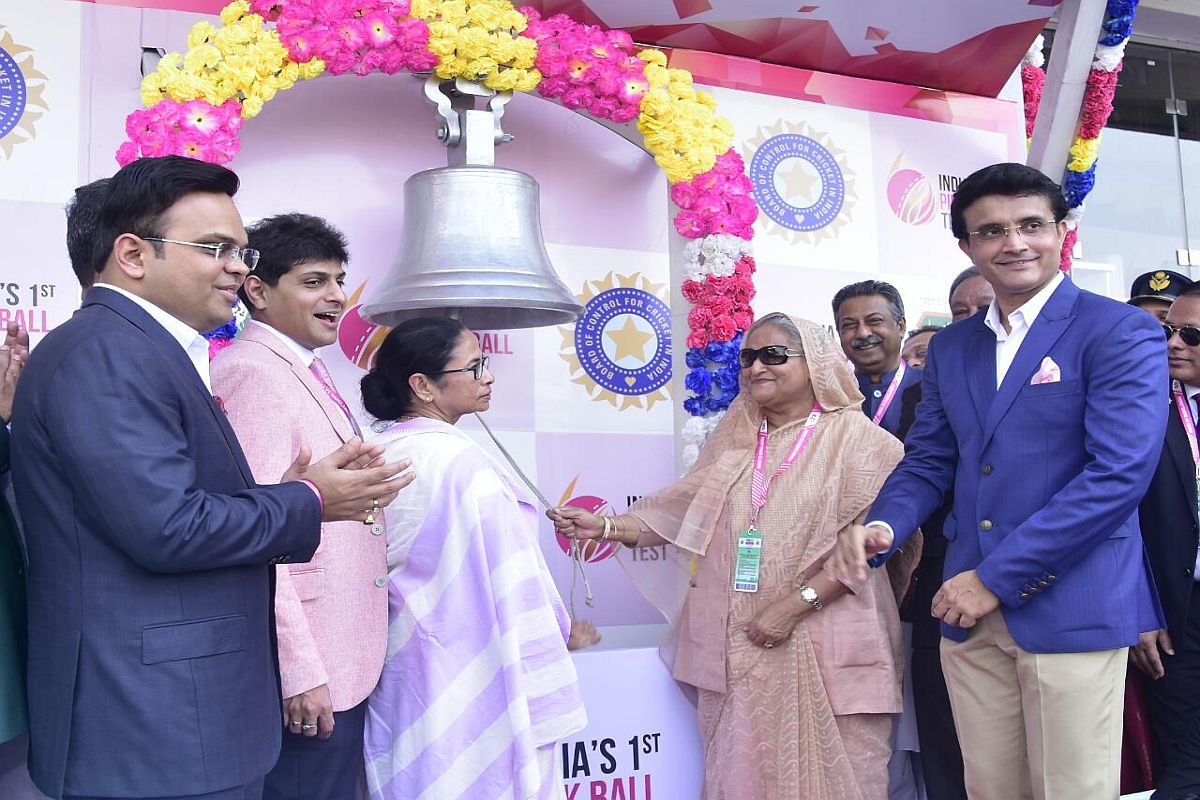For all the bonhomie between Begum Hasina and Mamata Banerjee ~ “I prefer tumi to apni”, said the Chief Minister ~ as a sideshow to the pink ball encounter, it is unfortunate that the pitch was somewhat queered by the Bangladesh High Commissioner to India prior to the Test. Syed Muazzam Ali has binned what he calls the “politics of influx” from across the border since the 1970s as the creation of politicians in India “for their own purposes”.
His strained argument that “Bangladeshis would rather swim across the oceans to the Mediterranean” would have been mildly amusing were it not for the critical demographic, economic and societal implications for West Bengal and generally the states on the border. Nor for that matter will India readily concur with his contention that this country doesn’t have “much of a pull factor for Bangladeshis particularly because the difference in the per capita incomes of the two countries is narrowing at a trot”.
Advertisement
Ergo, it is hard not to wonder whether the “quiet influx” ~ as this newspaper called it in 1979 ~ is embedded in what they call the “push factor”. The nub of the matter must be that the migrants are crossing over in search of a livelihood, indeed to make ends meet in the context of the grinding poverty in Bangladesh. What will they know of Asian Development Bank figures amidst the struggle for survival over the past 40 years?
No one denies that last month, the ADB updated its Asian Development Outlook to revise the GDP growth of Bangladesh for 2019 from 8 per cent to 8.1 per cent. In parallel, there was a downward curve in respect of India ~ from 7.2 per cent to 6.5 per cent. There has not been a single migrant who has considered such economic nitty-gritty while crossing over. The High Commissioner skirted any reference to the National Register of Citizens (NRC) over which Bangladeshis have expressed concern.
There can be little doubt about its target. Begum Hasina’s consistent refusal to receive these migrants from Assam is an oblique admission of the entry of hundreds of thousands of migrants to India. The reality flies in the face of the High Commisioner’s expressed preference ~ ‘People of Bangladesh would prefer to swim the Mediterranean and go to Italy rather than come to India.” It would be pertinent to recall that the Rohingya refugees were buffeted from shore to shore in Europe in their search of hearth and home.
Even to this day, the squalor in Bangladesh has not been suitably cleansed to accommodate these “nowhere men”. Regardless of what the Bangladesh High Commissioner imagines, India remains the most favoured destination for migrants ever since liberation in 1971.











